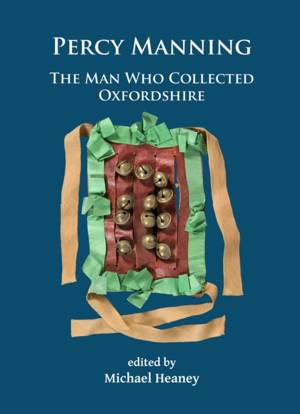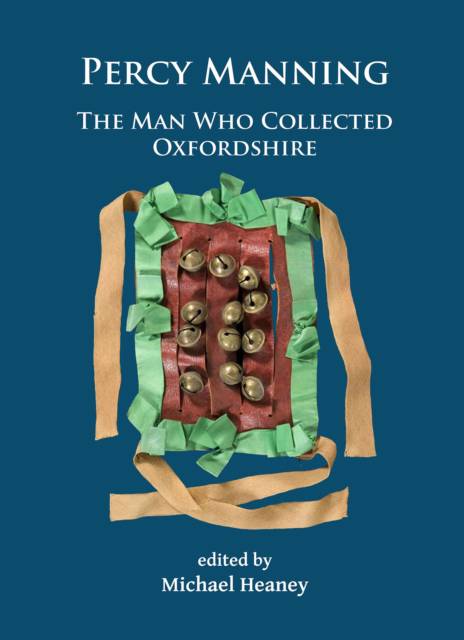
- Afhalen na 1 uur in een winkel met voorraad
- Gratis thuislevering in België vanaf € 30
- Ruim aanbod met 7 miljoen producten
- Afhalen na 1 uur in een winkel met voorraad
- Gratis thuislevering in België vanaf € 30
- Ruim aanbod met 7 miljoen producten
Zoeken
€ 40,95
+ 81 punten
Omschrijving
Percy Manning (1870-1917) was an Oxford antiquary who amassed enormous collections about the history of Oxford and Oxfordshire, which now constitute a valuable resource in Oxford University's libraries and museums. Manning was interested in all periods of history and prehistory, collecting Stone Age tools, Roman coins, medieval tiles, and relics of ways of life that were disappearing in his own day, such as decorated police truncheons and local pottery. He methodically documented and explored the archaeology of the county. He collected literally thousands of prints depicting Oxford and places throughout Oxfordshire as records of changes in the built environment, and moved beyond material objects to uncover and document superstitions, folklore and customs, especially where he thought they were disappearing. He sought out May songs and morris dancers, reviving the Headington Quarry Morris Dancers in 1899. There is scarcely a community in the county which is not reflected somewhere in his collections. This volume provides the first detailed biography of Manning, together with studies examining specific parts of his collections in greater detail. Other chapters demonstrate how the collections can be used as springboards for in-depth study and for fresh approaches to the history of Oxfordshire. Particular emphasis is placed on Manning's ground-breaking research into the folklore of the county in conjunction with its material culture.
Specificaties
Betrokkenen
- Uitgeverij:
Inhoud
- Aantal bladzijden:
- 332
- Taal:
- Engels
- Reeks:
Eigenschappen
- Productcode (EAN):
- 9781784915285
- Verschijningsdatum:
- 18/02/2017
- Uitvoering:
- Paperback
- Formaat:
- Trade paperback (VS)
- Afmetingen:
- 175 mm x 244 mm
- Gewicht:
- 793 g

Alleen bij Standaard Boekhandel
+ 81 punten op je klantenkaart van Standaard Boekhandel
Beoordelingen
We publiceren alleen reviews die voldoen aan de voorwaarden voor reviews. Bekijk onze voorwaarden voor reviews.










